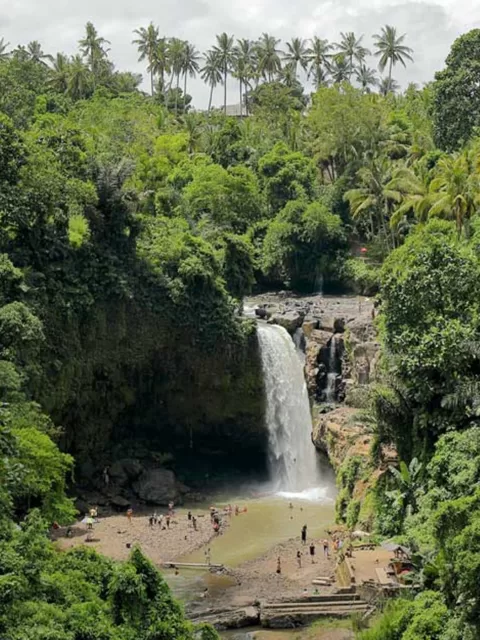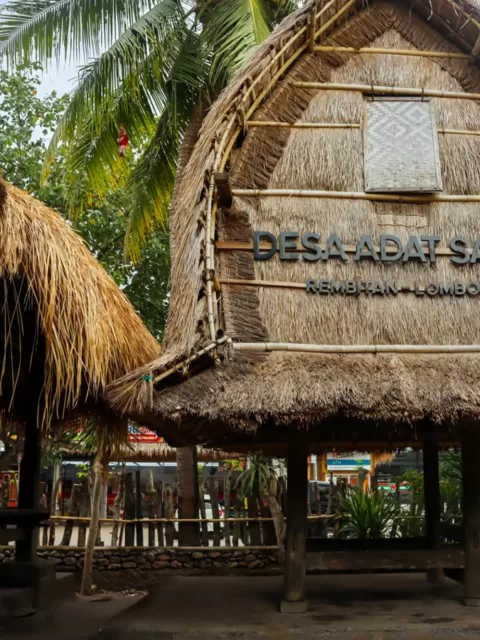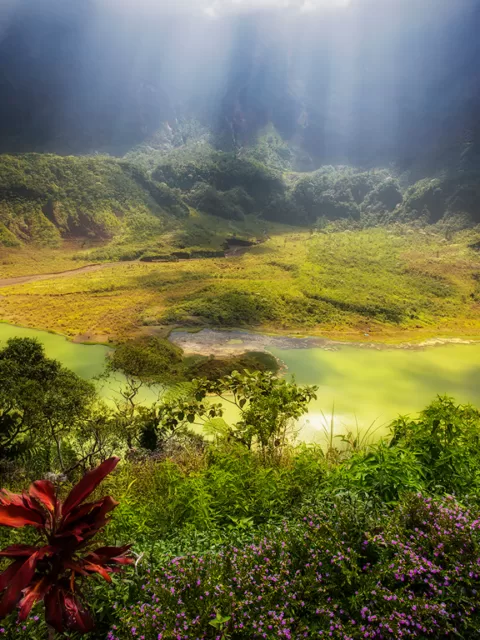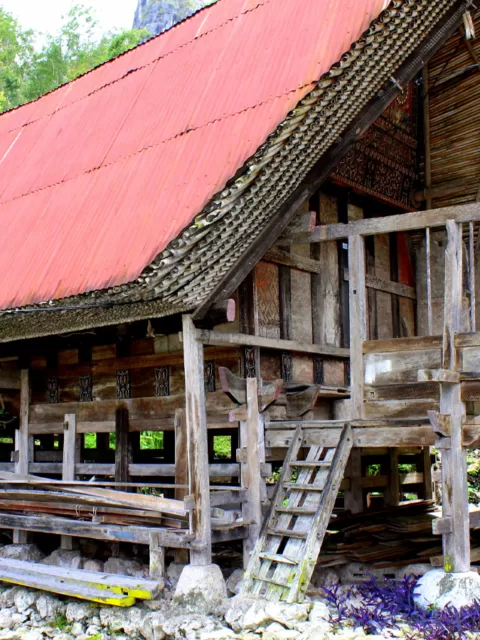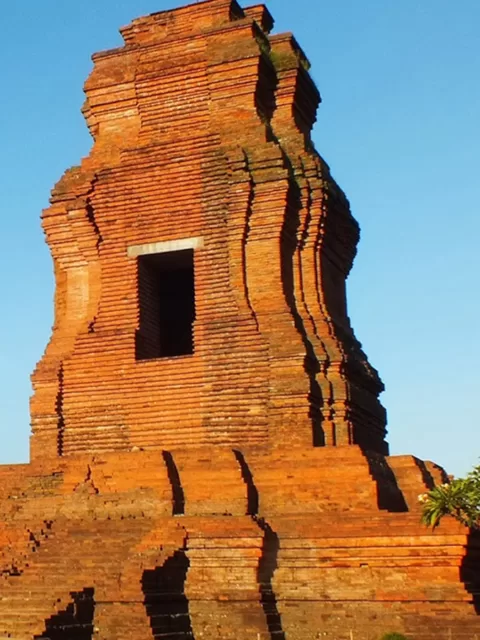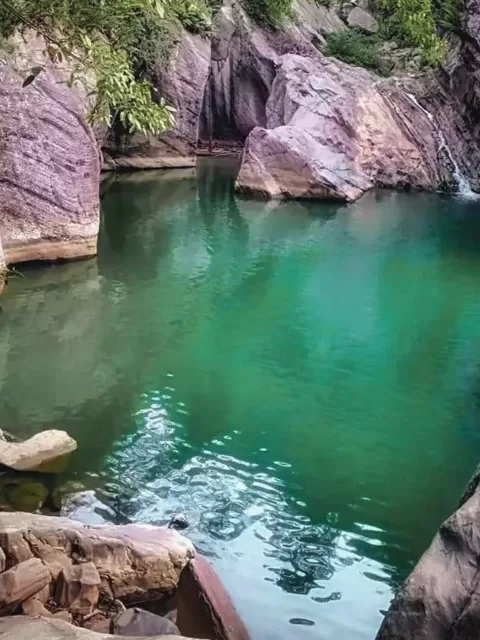Ratu Boko Temple: A Window to Ancient Javanese Royalty
Nestled on the hills of Java, amidst lush greenery and against the backdrop of breathtaking sunsets, Ratu Boko Temple stands as a living testament to the grandeur of ancient Javanese royalty. This historical and cultural landmark offers a captivating journey back in time, where visitors can explore the architectural marvels, unravel the mysteries of local legends, and bask in the cultural richness of Indonesia. Join us as we embark on a fascinating expedition to Ratu Boko Temple, a site that serves as a window to the regal heritage of Java, Indonesia.
The History of Ratu Boko Temple
Royal Origins
Ratu Boko Temple, also known as Kraton Ratu Boko, has deep historical roots dating back to the 8th century. Its history is intertwined with the Mataram Kingdom, a once-mighty Javanese empire that held sway over Central Java. The temple complex served as a royal palace and a place of great significance during the reign of Rakai Panangkaran, a Mataram king. The origins of the name “Ratu Boko” are shrouded in mystery, with several interpretations and local legends adding to its allure.
Legends and Folklore
Local legends provide a layer of enchantment to Ratu Boko Temple’s history. According to one myth, Ratu Boko was a mystical figure who possessed supernatural powers and sought to marry a heavenly nymph named Nawang Wulan. However, Ratu Boko’s pursuit of this celestial being resulted in the creation of the temple complex, as well as other structures and mystical elements. The legends surrounding Ratu Boko Temple offer a captivating narrative that adds depth to the visitor’s experience.
Role in Javanese Royalty and Culture
Ratu Boko Temple served as a royal residence and cultural center during the Mataram Kingdom’s zenith. The complex features a series of structures, including gates, pavilions, and pools, which provide insights into the opulence and architectural sophistication of that era. The site’s historical importance is underscored by its proximity to Prambanan Temple, another UNESCO World Heritage site that symbolizes the height of classical Javanese art and architecture.

The Architecture and Layout
Distinctive Architectural Features
Ratu Boko Temple’s architecture is characterized by intricate stonework and intricate carvings that exemplify the artistry of ancient Javanese builders. The site boasts Kala-Makara figures, guardian statues, and bas-reliefs that adorn its structures. The main gate of Ratu Boko Temple is a masterpiece in itself, with its colossal and ornate design. This gate provides a glimpse into the architectural grandeur that awaits within the complex.
Layout and Design Significance
The layout of Ratu Boko Temple is a reflection of the cosmic balance and harmony that played a central role in ancient Javanese culture. The complex is aligned with cardinal points, emphasizing the interconnectedness of the temple’s structures with the natural world. Visitors can explore the main palace area, which includes a stone platform, pools, and other structures that collectively convey the profound symbolism embedded in Javanese architecture.

Connection to Ancient Javanese Royalty
The architectural and layout elements of Ratu Boko Temple reflect the social and spiritual significance of the site in the context of ancient Javanese royalty. The site’s design aimed to create a space that was not only aesthetically pleasing but also spiritually resonant. It served as a place for royal ceremonies, spiritual practices, and cultural activities that were integral to the life of the Mataram Kingdom.
The Royal Complex
Gates and Entrances
Ratu Boko Temple’s entrance is marked by two magnificent gates, the Gapura Candikuning and the Gapura Panataran. These gates, with their ornate carvings and imposing presence, give visitors a grand welcome to the royal complex. The presence of these gates adds to the sense of grandeur and regality associated with the site.
Pavilions and Structures
The royal complex of Ratu Boko Temple features several pavilions, or pendopo, that served various purposes. The Pendopo Agung, for instance, was a central hall for royal gatherings and ceremonies. The Pendopo Paseban functioned as an audience hall for visiting dignitaries. Each pavilion showcases the artistry and architectural prowess of the time, with intricate carvings and sculpted stonework.
Pools and Gardens
Amidst the pavilions and structures, visitors can discover pools and gardens that offer a tranquil and picturesque backdrop. The Kelir Pool, with its serene waters, reflects the surrounding landscape and sky, creating a visual masterpiece. The royal complex’s layout, with its integration of water features and greenery, symbolizes the connection between the earthly and the divine, a recurring theme in Javanese culture.
The Sunset Views
Captivating Sunset Vistas
One of the most enchanting aspects of visiting Ratu Boko Temple is the opportunity to witness the sun setting over the temple complex. As the day draws to a close, the sky is painted in hues of orange and pink, casting a warm and ethereal glow over the ancient stones. The juxtaposition of the historical ruins against the backdrop of a magnificent sunset creates a sight that is both breathtaking and surreal.
Magical Twilight Hours
The moment when the sun begins its descent behind the hills and the temple structures are bathed in the soft light of twilight is truly magical. Visitors can find themselves transported back in time, imagining the grandeur and majesty of this royal complex as it once stood in all its glory. This time of day is ideal for capturing memorable photographs and creating lasting impressions.

Tips for Enjoying the Sunset
To make the most of the sunset views at Ratu Boko Temple, it’s advisable to arrive well before dusk. This allows visitors to explore the site’s historical and architectural wonders before settling in for the spectacle. Carrying a camera or smartphone is essential for capturing the breathtaking moments. It’s also recommended to bring water and comfortable walking shoes, as exploring the complex can be both engaging and rewarding.
Ratu Boko Temple Today
Preservation and Restoration
Ratu Boko Temple is a testament to Indonesia’s commitment to preserving its cultural heritage. The site has undergone extensive restoration efforts to maintain its structural integrity and historical significance. These endeavors have helped protect the temple’s art and architecture, ensuring that future generations can continue to appreciate its beauty and cultural value.
Accessibility to Modern Visitors
In the present day, Ratu Boko Temple is accessible to modern visitors, both domestic and international. The site is open for exploration, welcoming tourists, history enthusiasts, and cultural connoisseurs from around the world. Infrastructure and facilities have been established to facilitate a comfortable and enriching visit.
Role in Cultural Events and Tourism
Ratu Boko Temple plays a crucial role in Indonesia’s cultural landscape. It often hosts cultural events, performances, and ceremonies that celebrate the country’s rich heritage. These events allow visitors to witness traditional Javanese arts and cultural expressions. The site has also become an integral part of Indonesia’s tourism, attracting travelers who seek to delve into the country’s historical and cultural treasures.
Visiting Ratu Boko Temple
Practical Information for Travelers
For travelers planning a visit to Ratu Boko Temple, it’s essential to have practical information at hand. The temple complex is open to visitors, with specific visiting hours and admission fees. It’s advisable to check the most up-to-date information regarding opening hours and ticket prices before your visit.
Planning Your Visit
To make the most of your trip to Ratu Boko Temple, it’s recommended to plan your visit in advance. This includes organizing transportation to and from the site, understanding the best times to explore the temple complex, and making arrangements for guided tours if desired.
Suggested Best Times to Explore the Site
Ratu Boko Temple is often best experienced during the cooler hours of the morning or late afternoon. Visiting early in the day or as the sun sets not only allows for more comfortable exploration but also provides the opportunity to witness the captivating sunset views that the temple is renowned for.
Cultural Significance
Historical and Cultural Importance
Ratu Boko Temple holds a special place in Indonesian culture and history. It serves as a bridge to the past, offering insights into the regal lifestyle, architectural accomplishments, and cultural practices of ancient Javanese royalty. By visiting the temple, travelers can connect with the country’s rich heritage and appreciate the enduring significance of this historical site.
Education About Ancient Javanese Royalty
One of the primary roles of Ratu Boko Temple is to educate visitors about the royal traditions and cultural legacy of the Mataram Kingdom. The site provides a unique classroom where history comes to life, allowing people of all ages to delve into the mysteries and grandeur of ancient Javanese royalty.
Ongoing Cultural Events and Ceremonies
Throughout the year, Ratu Boko Temple hosts a variety of cultural events and ceremonies. These celebrations showcase traditional Javanese music, dance, and arts. Visitors can witness performances and rituals that have been passed down through generations, providing a deeper understanding of Indonesia’s living cultural heritage.
Local Myths and Legends
Enchanting Narratives
Ratu Boko Temple is steeped in local myths and legends that add layers of enchantment to its historical and architectural significance. These narratives offer a glimpse into the mystical and supernatural beliefs of the region and create a sense of wonder for visitors.
Stories and Folklore
The legends surrounding Ratu Boko Temple often revolve around the site’s creation, its connection to ancient royalty, and the supernatural elements that are said to have shaped its existence. These stories have been passed down through generations and continue to be an integral part of the cultural identity of the region.
Deepening the Visitor Experience
Exploring the myths and folklore associated with Ratu Boko Temple allows visitors to deepen their experience at the site. It encourages a sense of wonder and curiosity, as travelers can visualize the rich tapestry of stories that have contributed to the temple’s cultural significance.
Final Thoughts
In conclusion, Ratu Boko Temple stands as a remarkable historical and cultural landmark, offering visitors a window into the regal heritage of ancient Javanese royalty. Its history, architecture, and layout are testaments to the opulence and artistry of the Mataram Kingdom, while its captivating sunset views and cultural events transport visitors to another time. The preservation and accessibility of Ratu Boko Temple ensure that its cultural significance endures, and its local myths and legends add depth to the visitor’s experience.
As you contemplate your visit to this extraordinary site, remember that Ratu Boko Temple is not merely a place of historical significance; it is a living connection to Indonesia’s past and a source of inspiration for its future. By exploring Ratu Boko Temple, you are not only immersing yourself in the grandeur of ancient Javanese royalty but also contributing to the preservation of Indonesia’s rich and diverse cultural heritage. So, embark on this cultural journey and let the allure of Ratu Boko Temple leave an indelible mark on your travel experiences.





